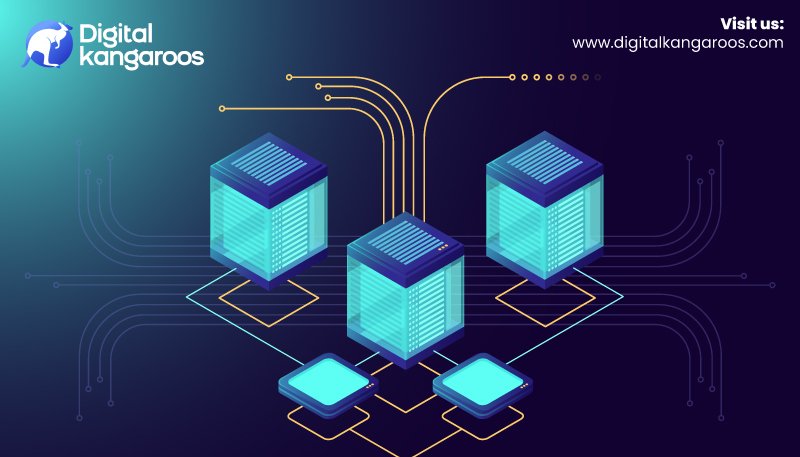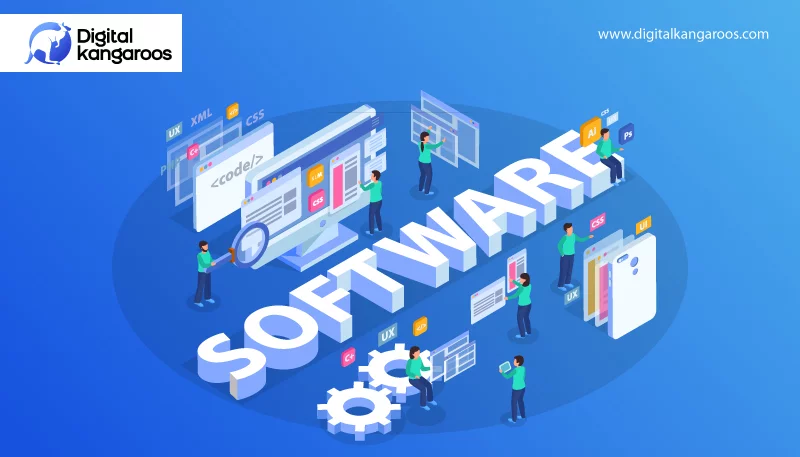Your website serves as the digital storefront for your brand, making it essential to craft a site that not only...
Your website serves as the digital storefront for your brand, making it essential to craft a site that not only attracts visitors but also converts them into customers. In this article, we’ll explore the Essential Components Every Corporate Website Needs, drawing insights from expert advice and real-world examples.
1. Good Design:
Your website’s design sets the tone for your brand and plays a crucial role in user experience.
Focus on creating a clean, intuitive layout that highlights your products or services without overwhelming visitors with flashy graphics.
Remember, the goal is to guide visitors towards conversion, so prioritize clarity and functionality in your design.
2. A Clear Call To Action:
Every page on your website should have a clear and compelling call to action (CTA) that prompts visitors to take the next step.
Whether it’s making a purchase, signing up for a newsletter, or contacting your team, ensure that your CTAs are prominently displayed and easy to follow.
Avoid ambiguity and guide visitors towards the actions you want them to take.
3. A Story Page:
Establishing a connection with your audience is crucial for building trust and loyalty.
Use your website to tell your brand’s story, sharing insights into your mission, values, and journey.
Authenticity resonates with customers, so don’t be afraid to showcase the people behind your brand and the experiences that inspired your products or services.
4. Infrastructure Showcase:
Give visitors an inside look into your company’s infrastructure, facilities, and technological capabilities through high-quality imagery and detailed descriptions.
Highlight key features such as state-of-the-art equipment, manufacturing processes, and research and development labs. Utilize drone footage or 360-degree virtual tours to provide immersive experiences for users.
5. Corporate Social Responsibility (CSR) Section:
Demonstrate your company’s commitment to social and environmental responsibility by showcasing CSR initiatives in action.
Include photos, videos, and success stories from community outreach programs, sustainability initiatives, and employee volunteer efforts. Highlight partnerships with non-profit organizations and the positive impact of your CSR initiatives on society.
6. Investor Relations Page:
Provide investors with comprehensive information and resources to make informed decisions about your company.
Include financial reports, earnings presentations, investor presentations, annual reports, and SEC filings. Offer access to investor relations contact information and investor FAQs for inquiries and assistance.
7. Careers Portal:
Attract top talent by creating a user-friendly careers portal that showcases your company culture, values, and career opportunities. Include employee testimonials, culture videos, and perks of working at your company.
Provide detailed job descriptions, application instructions, and information about the recruitment process.
8. Press Room or Media Center:
Keep stakeholders informed with a centralized hub for press releases, news articles, media coverage, and multimedia assets.
Include press kits, company logos, brand guidelines, and spokesperson bios. Offer journalists easy access to media contacts and interview requests.
9. Client Success Stories:
Showcase real-world examples of how your products or services have helped clients achieve their goals.
Feature case studies, testimonials, and success stories with compelling narratives and measurable results. Include before-and-after photos, client interviews, and project timelines to illustrate the impact of your solutions.
10. Industry Recognition and Awards:
Celebrate your company’s achievements and industry recognition by prominently displaying awards, certifications, and accolades.
Highlight key milestones, industry rankings, and prestigious honors received. Include photos from award ceremonies, press coverage, and testimonials from industry leaders.
11. Compliance and Regulatory Information:
Establish trust and transparency by outlining your company’s compliance with relevant laws, regulations, and industry standards.
Provide detailed information on data privacy policies, GDPR compliance, and regulatory certifications. Include links to compliance resources, legal disclaimers, and terms of use.
12. Multilingual Support:
Enhance accessibility and reach a global audience by offering multilingual support on your website.
Translate key content, navigation menus, and customer support resources into multiple languages to accommodate diverse users. Implement language selector options and language-specific landing pages to cater to international visitors.
13. Data Privacy and Security Policy:
Safeguard user data and maintain trust by clearly communicating your company’s data privacy and security policies.
Provide detailed information on data collection practices, consent mechanisms, and security protocols. Include GDPR compliance statements, cookie policies, and data breach notification procedures.
14. Activities in Video Form:
Bring your company’s activities to life through engaging video content that captures key events, projects, and milestones.
Create company overview videos, product demonstrations, employee spotlights, and event highlights to showcase your brand personality and culture.
Utilize professional videography and storytelling techniques to convey your company’s story effectively.
15. Mobile Responsiveness:
With the majority of internet traffic coming from mobile devices, it’s essential to ensure that your website is optimized for smartphones and tablets.
A mobile-responsive design adapts seamlessly to different screen sizes, providing a consistent and user-friendly experience across all devices.
Prioritize mobile optimization to reach a broader audience and maximize your website’s impact.
16. Fast Loading Speed:
In today’s fast-paced digital world, users expect websites to load quickly.
A slow-loading website can lead to increased bounce rates and decreased user satisfaction.
Optimize your website’s performance by minimizing image sizes, leveraging browser caching, and using a reliable hosting provider.
17. Accessibility Features:
Make your website accessible to all users, including those with disabilities.
Incorporate accessibility features such as alt text for images, keyboard navigation support, and clear headings to ensure that everyone can access and navigate your site effectively.
18. Security Measures:
Protect your website and user data from cyber threats by implementing robust security measures.
Use HTTPS encryption, regularly update security plugins and software, and regularly monitor for suspicious activity. A secure website builds trust with users and helps safeguard sensitive information.
19. Integration with Marketing Tools:
Your website should seamlessly integrate with your marketing tools and platforms to streamline processes and maximize efficiency.
Integrate email marketing software, customer relationship management (CRM) systems, and analytics tools to track performance and optimize marketing efforts.
20. Organic Search Ranking:
Search engine optimization (SEO) is essential for driving organic traffic to your website and increasing your visibility online.
Invest in optimizing your website for relevant keywords, creating high-quality content, and earning backlinks from reputable sources.
A well-executed SEO strategy can help you climb the search engine rankings and attract qualified leads to your site.
21. Search Functionality:
Make it easy for users to find the information they need with a robust search functionality.
Incorporate a search bar prominently on your website, allowing users to quickly search for specific products, services, or content.
Conclusion:
In conclusion, crafting a stellar website that stands out from the competition and drives results requires careful attention to key components.
At Digital Kangaroos, we understand the importance of building websites that not only look great but also deliver tangible value to our clients.
By prioritizing elements such as great design, smart navigation, compelling content, and seamless integration with marketing tools, we help businesses create an online presence that truly reflects their brand identity and resonates with their target audience. With our expertise in web development and software solutions, we empower companies to optimize their online presence, engage their audience, and achieve their business objectives.
Let Digital Kangaroos be your partner in creating a website that sets you apart and drives success in the digital landscape.












